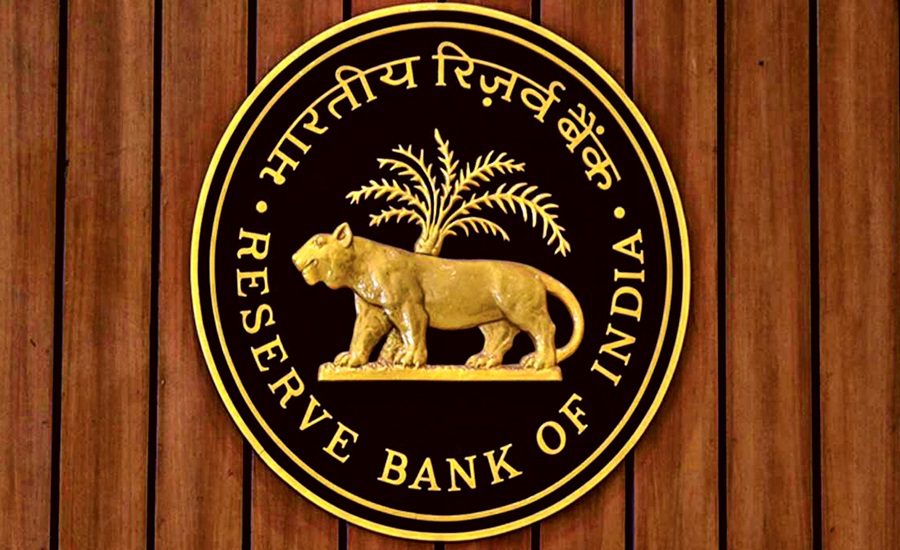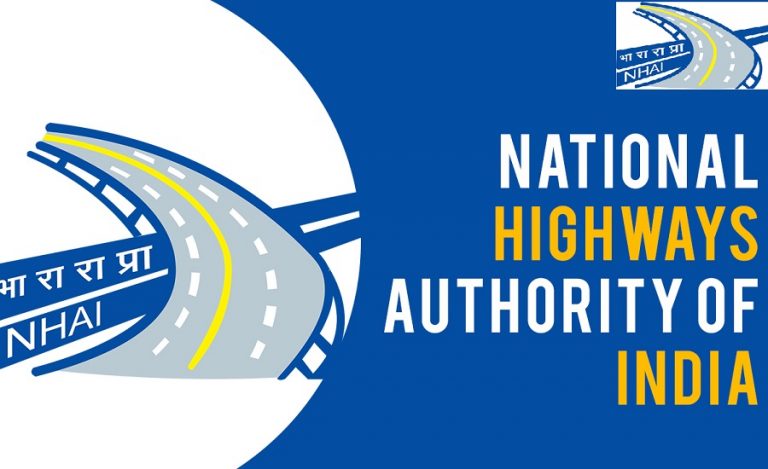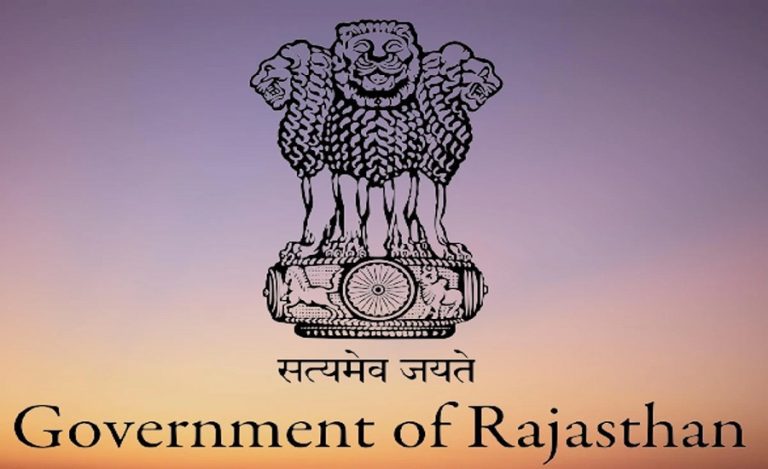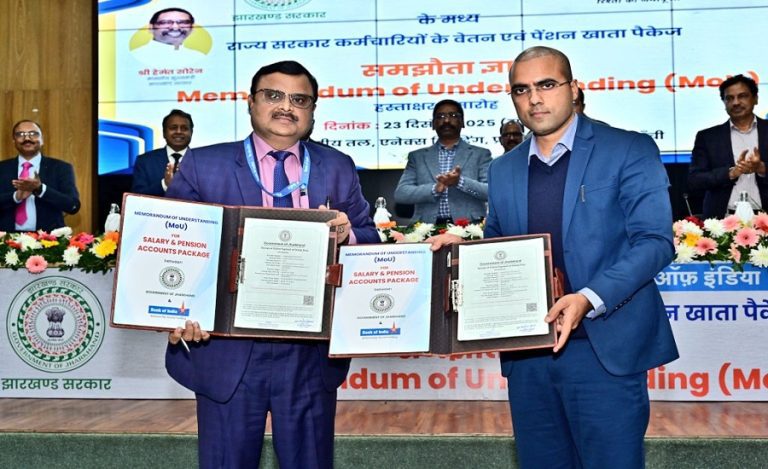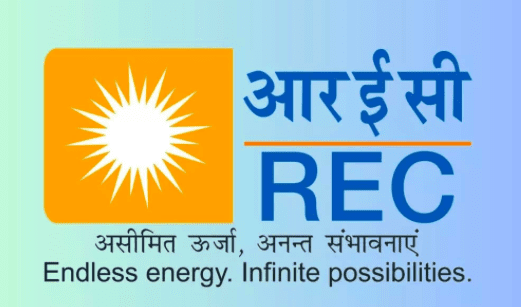The Reserve Bank of India (RBI) announced that the asset quality of Indian banks has significantly improved, with the gross non-performing assets (GNPA) ratio dropping to 2.6 percent in September 2024, marking a 12-year low. This decline is attributed to reduced slippages and steady credit growth.
However, the RBI expressed concerns over the surge in write-offs, particularly by private sector banks, which may obscure underlying risks in the unsecured lending segment and potential lapses in underwriting practices.
As highlighted in the RBI’s December 2024 Financial Stability Report (FSR), net NPAs, which measure bad loans as a percentage of net advances, stood at 0.6 percent. The FSR reflects the collective viewpoint of the Financial Stability and Development Council’s (FSDC) Sub-Committee on the resilience of the Indian financial system and its vulnerabilities.
The report stated that 37 scheduled commercial banks (SCBs) benefitted from steady credit demand and rising write-offs, leading to the GNPA ratio reaching a multi-year low. Fresh NPAs in retail lending were heavily concentrated in unsecured loans, accounting for 51.9 percent of new slippages by September 2024.
The improvement in asset quality was observed across bank categories and sectors. Additionally, the liquidity coverage ratio (LCR) of SCBs declined from 135.7 percent in September 2023 to 128.5 percent a year later, driven by increased net cash outflows and reliance on less stable funding sources.
Asset quality improvements were particularly notable in the large borrower segment, where the GNPA ratio fell from 4.5 percent in March 2023 to 2.4 percent in September 2024. The share of standard assets in the total funded amount for large borrowers increased, and none of the top 100 borrowers were classified as NPAs by September 2024. Furthermore, investment-grade advances (rated BBB and above) constituted 91.5 percent of funded advances to large borrowers.
The profitability of SCBs also saw a boost during the first half of the fiscal year 2024–25. Profit after tax (PAT) rose by 22.2 percent year-on-year, with public sector banks recording a 30.2 percent increase, private banks seeing a 20.2 percent rise, and foreign banks achieving 8.9 percent growth.
The Banking Stability Indicator (BSI), which assesses the robustness of the banking sector, also demonstrated improvement. This resilience is supported by strong capital buffers, higher earnings, and better asset quality, according to the RBI.

